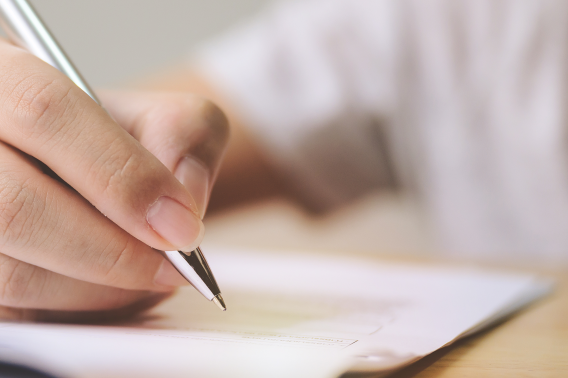Evaluating Patentability & Filing Strategy
How do I assess whether I should consider patenting my invention?
When you have developed an invention, it is important to keep this confidential. Indeed, any disclosure of the invention prior to filing a patent application may compromise the ability to get patent protection on the invention.
Before evaluating the patentability of the invention, you may want to consider whether it has a commercial application. Applying for a patent is expensive and the envisaged commercial advantages should be greater than the costs of obtaining and maintaining your patent rights. De Clercq and Partners can help you with to determine whether the rights to the invention could be of potential interest to third parties.
Once the commercial value of the invention has been determined, an important consideration is whether the invention is indeed patentable. The main requirement for patentability is novelty, which requires that the invention has not been made public by yourself or another in any way.
Very often, the inventor is very much aware of the scientific literature in the field of his invention. A lot of information is however published only in patent documents, so it is important to consider also this type of publications. De Clercq and Partners can help you find your way on public databases or can provide a search on your invention.
In order to be patentable, the invention must also comply with the requirement of inventive step and it should be possible to describe the invention in such a way that it can be carried out by the skilled person. As the application of these criteria is quite specific, it is advisable to obtain advice from a patent attorney to consider these issues.
The information provided in the “frequently asked questions” can also guide you through the process of obtaining patent protection.
What is a priority filing?
A patent application filed in one country only provides protection for that country, therefore, multiple foreign filings are necessary to have wide geographical coverage. The system of priority filing was set up by the Paris Convention which was signed by almost all countries. This convention determines that a first patent application filed in one country party to the convention will determine the “priority date” of the invention for any applications filed within 12 months on the same invention in any country. The priority date is considered the date on which the invention was deposited such that any documents which are made public after that date can not considered by the patent offices for determining the patentability of the invention.
The use of the system of the priority filing allows applicants to postpone costs relating to filing in different countries of interest for 12 months. In the meantime information on the commercial relevance of the invention can be obtained.
In which countries should I aim to obtain patent protection?
A patent is a territorial right, which implies that the right only applies in the country where the patent is granted. It is advisable to file for patent protection in countries with large economies, or countries expected to show growth in your particular field. As patenting in many different countries is expensive, a selection of the most important countries must be made. This will often be sufficient, as development and marketing in the remaining countries will often not be of sufficient interest to the competitor.
